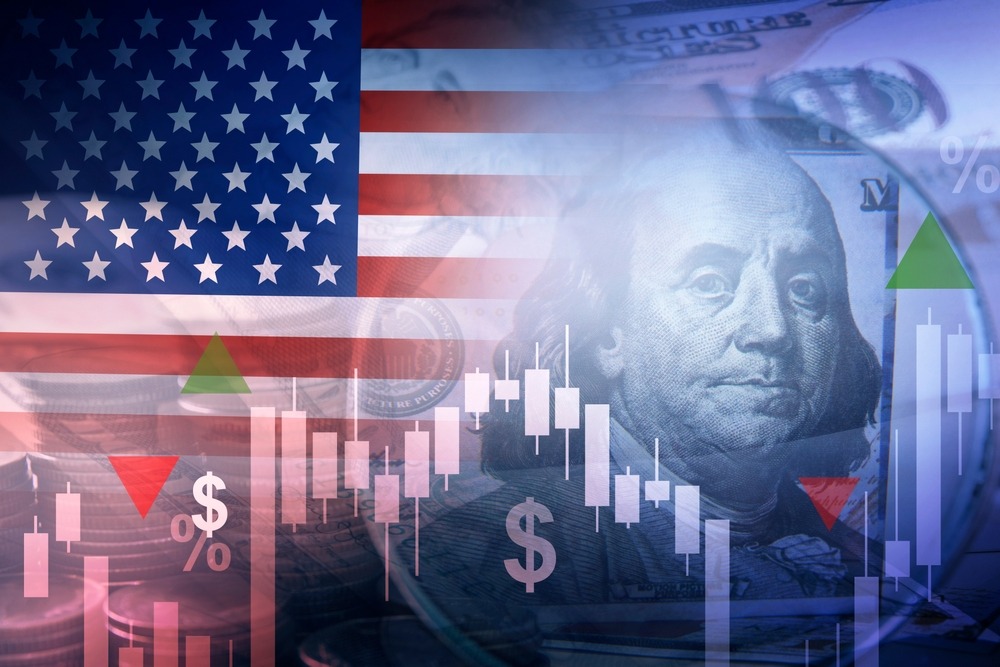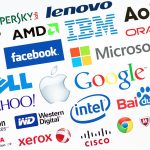Tariffs, Immigration crackdowns and a shaken labor market. Is 1970s-style stagflation making a comeback—this time by design?” That's the question rattling boardrooms and the Fed alike.
Economists warn that President Trump’s aggressive tariffs and strict immigration policies are disrupting the US economy. Tariffs are driving up consumer prices, especially for essential imports like coffee and bananas, while limiting labor supply stifles growth—creating fertile ground for stagflation, that dangerous combo of slow growth and high inflation often associated with the 1970s—all potentially self-inflicted by policy. That warning echoes through commentary in sources such as The Guardian and the Financial Times’ coverage of rising inflation and sluggish growth.
Labor Market: Weakening but Not Collapsed
May and June saw virtually no job creation; July ticked up slightly—but discouraged workers and downward jobs revisions are multiplying concerns. On August 1, the much-anticipated jobs report missed expectations, adding only 73,000 non-farm payrolls, far below the 100k-plus forecast. Wall Street responded with a sharp sell-off, with the Dow losing over 500 points as per reporting from the New York Post.
Moody’s chief economist Mark Zandi warned the economy is “on the precipice of recession,” pointing to stalled payrolls, rising inflation, and lagging sectors like construction and manufacturing. He notes that if employment levels begin to fall consistently, a recession may already be underway according to Business Insider.
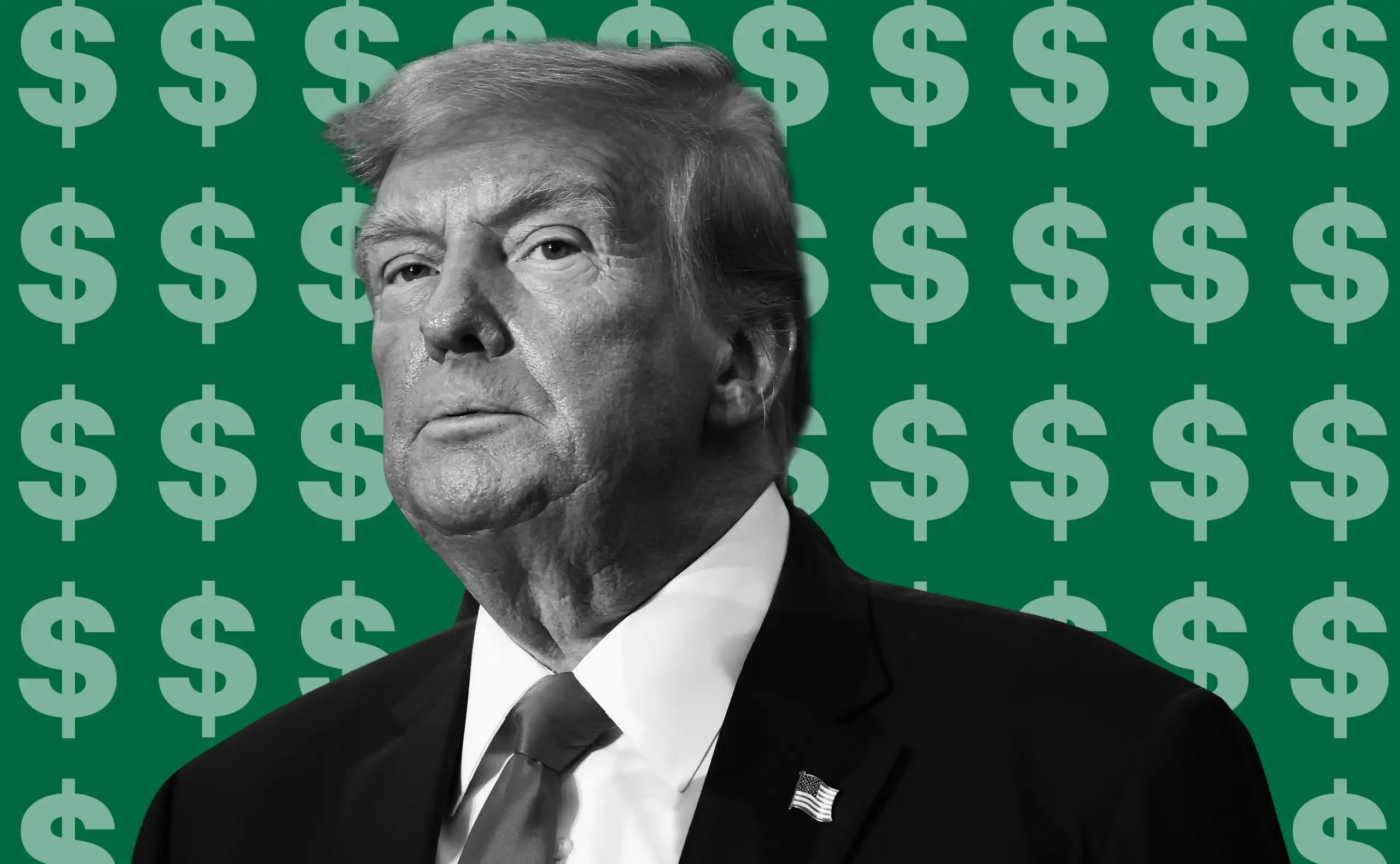
Donald Trump pictured against a backdrop of glowing green dollar signs, symbolizing his controversial influence on America’s economic direction.
Inflation Trends: Consumer and Wholesale Pressures Mounting
Consumer prices rose 2.7% year-over-year in July, unchanged from June. But the Producer Price Index (PPI) rose at its fastest rate in over three years—a troubling advance indicator even before firms start raising consumer prices. Business sectors are liquidating pre-tariff inventories, and as they do, costs are likely to cascade onto consumers—fanning inflation pressures.
The Fed’s Dilemma: Stuck Between a Rock and an Impasse
The Federal Reserve is caught in a classic twin mandate conflict: slower growth versus persistent inflation. Rate cuts could ease economic drag but risk reigniting inflation. The Fed is, in effect, paralyzed—waiting for clearer signals while the economy drifts according to Vox.
Market and Policy Fallout
In response to weak data and rising tariffs, markets tumbled. The Dow dropped 542 points on August 1, rattled by job data and fears of prolonged inflation. The White House, meanwhile, dismissed expert concerns and even fired the Bureau of Labor Statistics commissioner in the wake of harsh criticism and revisions to the job data.
Complementary Insights Worth Exploring
Tech Sector Resilience
Despite the broader slowdown, tech remains an outlier. Mark Zandi highlights immigration and innovation as factors keeping tech afloat, even as broader hiring stalls.
Cost to Consumers
Steven Greenhouse argues that Trump’s policies are punishing households—increasing costs by an estimated $2,400 per house per year—especially in apparel and shoes.
GDP’s Soft Freeze—Masked by AI Investment
Growth slowed to 1.2% annualized in the first half of 2025, down from 2.8% in 2024. Artificial Intelligence investment is bolstering the headline numbers—but underlying strength is waning.
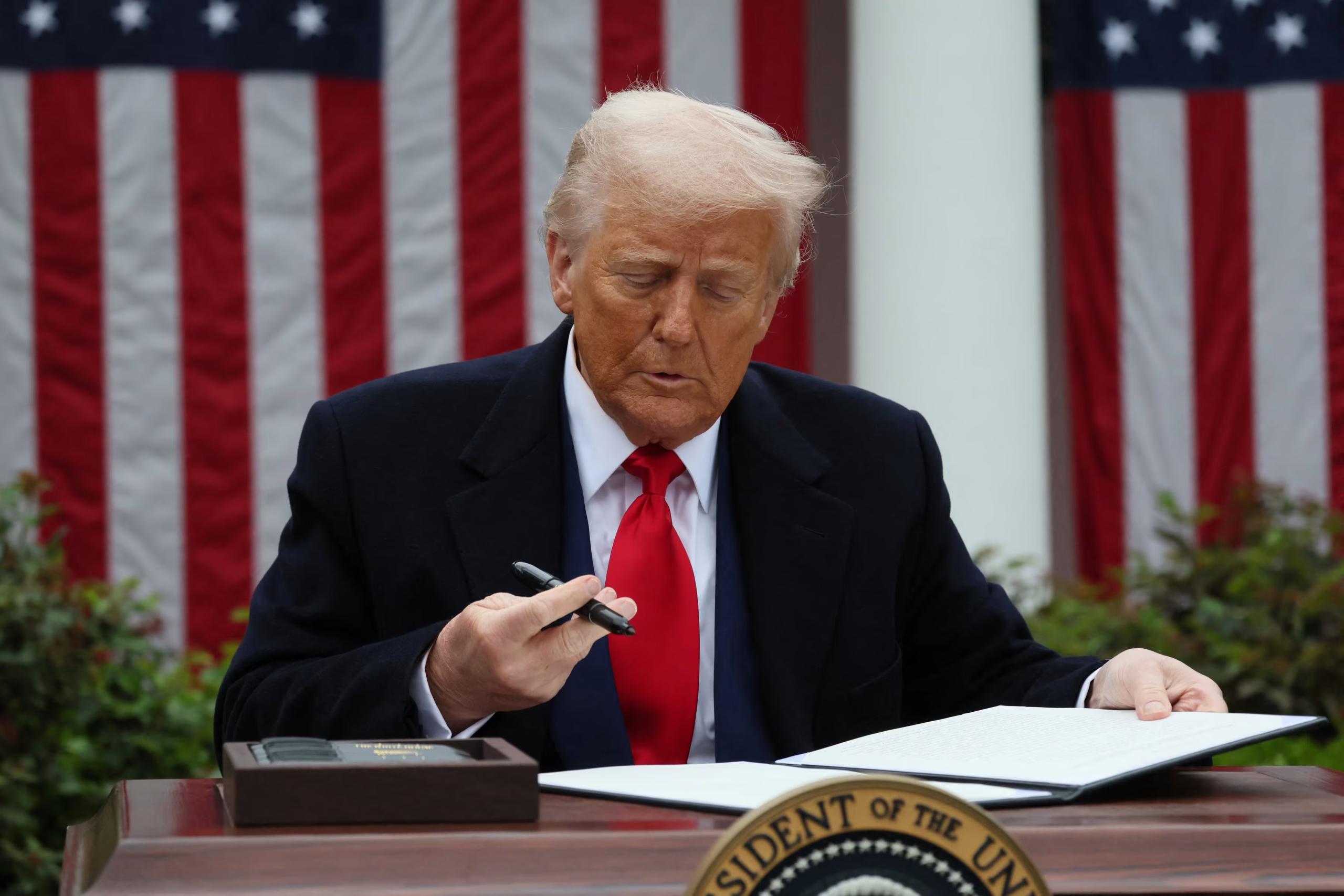
President Donald Trump signs a tariff order as part of the new US–EU trade framework, marking a key moment in reshaping international commerce.
People Also Ask
What exactly defines “stagflation”?
Stagflation is the simultaneous occurrence of persistent high inflation and stagnant economic growth, often paired with rising unemployment. It presents a policy conundrum: cutting inflation risks deepening stagnation, while stimulating growth can fuel inflation.
Why is the jobs data being revised downward so sharply?
Significant revisions often occur during economic inflection points. Payroll data can be late, especially amid declining government jobs and structural shifts—prompting large adjustments when more complete data rolls in.
How do tariffs trickle down to consumer prices?
Tariffs raise import costs. Initially, firms may absorb this or move existing inventory, but over time, as stock turns over and confidence in trade policy firm, higher costs pass through via raised prices on goods like coffee, electronics, and apparel.
Could the economy avoid recession—and how?
Yes. Consumer spending remains reasonably robust, buoyed by AI‐driven investment and recent tax cuts. If policy uncertainty eases or adjustments are made—especially around tariffs and immigration—growth may surprise on the upside. But absent such shifts, risks remain elevated.
Final Thoughts
The US economy is trapped in a policy-induced maze: tariffs are fanning inflation, immigration restrictions are curbing growth, jobs data is flashing warning signs, and the Fed is stuck between fighting inflation and unable to stimulate strength. The resulting mix echoes the 1970s dystopia of stagflation—only this time, the fault lies in bold political design. Whether the economy can power through depends as much on policy pivots as on data clarity.



